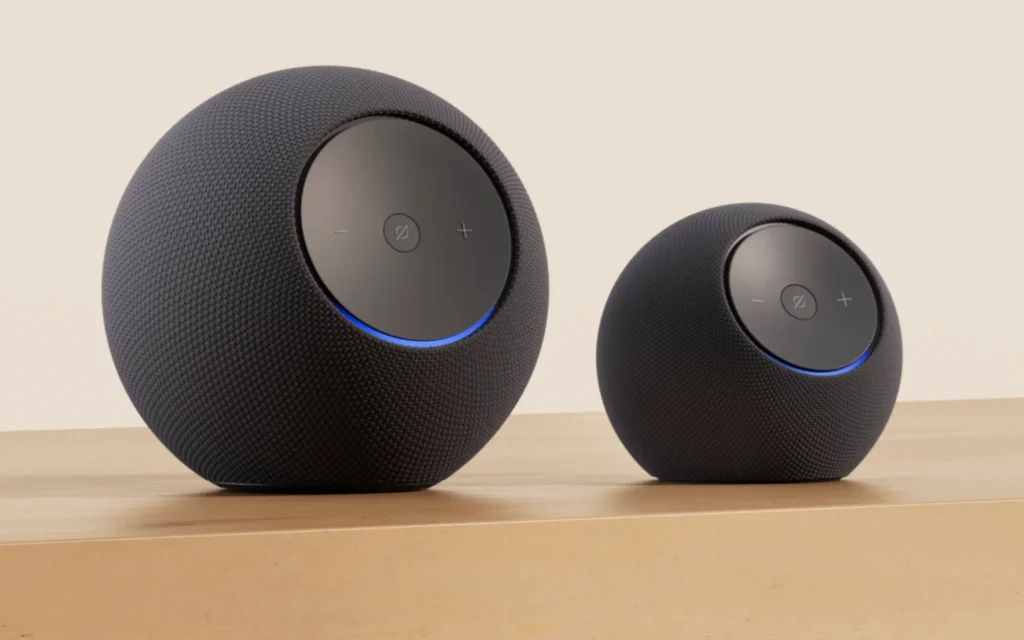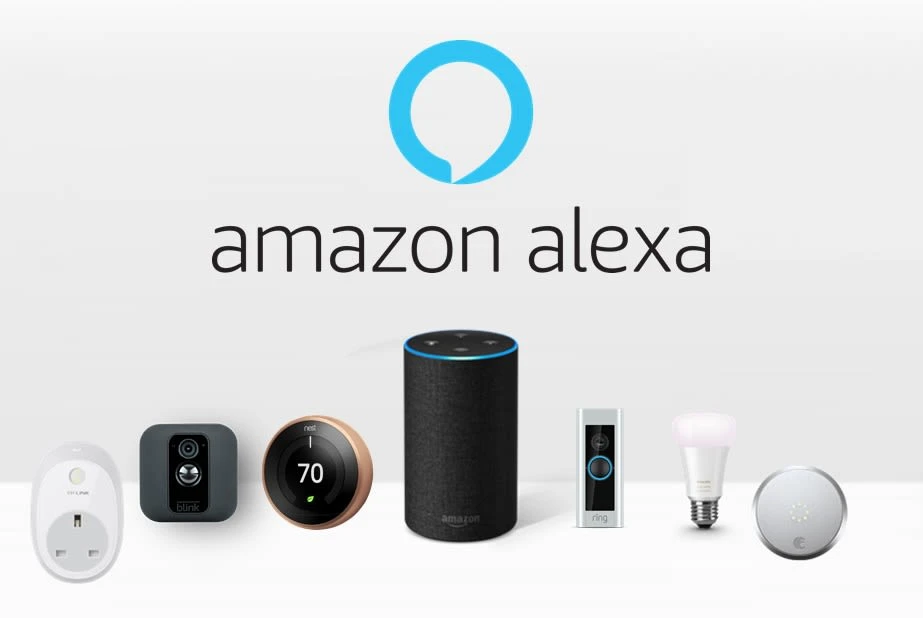Amazon is betting big on Alexa again — but this time, it’s not about software upgrades alone. The company is tying Alexa’s survival to a fresh lineup of Echo speakers, Fire TVs, and smart displays loaded with new AI-powered chips. Prices are higher, features are sharper. The company is clearly signaling that if you want Alexa at its best, you’ll need to invest in these premium devices.
What’s Happening & Why This Matters
Alexa’s Future Tied to Hardware

Amazon’s latest Echo devices, including the Echo Show 8 ($180) and the new Echo Show 11 ($220), reflect its pivot to premium. Interestingly, the 11-inch model undercuts the 10-inch Echo Show 10’s 2021 launch price ($250). This shows that Amazon is experimenting with how much consumers will pay for smarter hardware.
On the TV front, the Fire TV Omni QLED Series now ranges from $480 to $1,200. The previous generation started at $350. Even the smaller Fire TV 2-Series carries a higher entry price ($200, up from $160). But not everything is up-market — the Fire TV Stick Select with Alexa+ debuts at $40, making it cheaper than Amazon’s other 4K sticks.
An Amazon spokesperson explained the hikes as “significant investments in better sound quality, more responsive performance, and innovative features that customers have requested.”
AI Chips at the Core

What really sets this generation apart is Amazon’s new processors. The AZ3 and AZ3 Pro chips come with an AI Accelerator designed for edge AI models. That means Alexa can process tasks faster, detect conversations more naturally, and block out background noise better. Amazon claims the new wake-word detection is now 50% more accurate .
The AZ23 Pro adds support for vision transformers, giving devices the ability to process images and advanced language models. These chips also work with Omnisense, Amazon’s proprietary sensor platform. This platform combines camera data, audio, ultrasound, Wi-Fi radar, accelerometers, and Wi-Fi CSI. The result? Devices that don’t just wait for commands but proactively act. Imagine Alexa reminding you that the garage door is unlocked after 10 pm. It could also alert you when a specific person enters a room.
Smarter, Louder, Sleeker
The Echo Dot Max now boasts two speakers and triple the bass of the Echo Dot (5th Gen). Meanwhile, the Echo Studio shrinks in size but promises the same high-quality sound. This shows that Amazon is willing to raise production costs to squeeze premium performance into smaller hardware.
The upgrades highlight Amazon’s strategy: make Alexa-powered devices indispensable by improving performance, sound, and proactive intelligence. Instead of chasing price wars, Amazon is trying to convince customers that smarter costs more.

TF Summary: What’s Next
Amazon’s Alexa bet is clear: survival depends on convincing users to upgrade to these AI-enhanced Echo and Fire devices. Higher prices could scare away casual buyers. However, the new processors and proactive features suggest that Amazon wants Alexa to stand out from Google and Apple rivals.
MY FORECAST: If Amazon succeeds, we may see Alexa rebranded less as a “voice assistant” and more as a home intelligence platform. But if consumers resist the higher price tags, Alexa could face the same adoption hurdles that hurt Amazon’s past smart home pushes.
— Text-to-Speech (TTS) provided by gspeech


